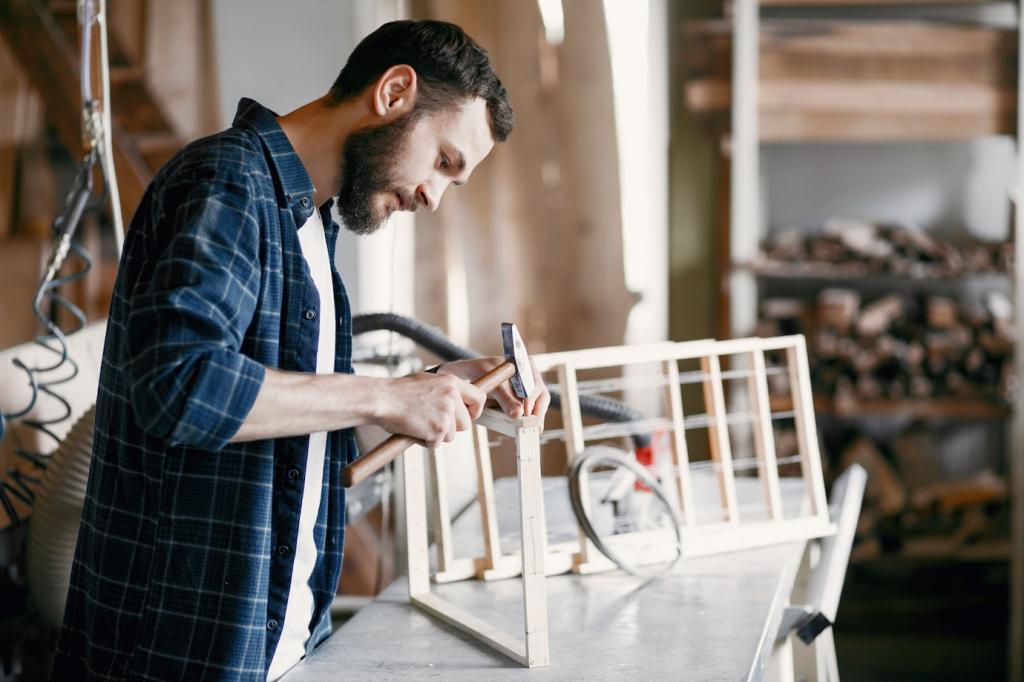
Reupholstering Wooden Chairs: A Step-by-Step Guide
Chosen theme: Reupholstering Wooden Chairs: A Step-by-Step Guide. Breathe new life into well-loved chairs with friendly instruction, practical wisdom, and workshop stories. Follow along, subscribe for more hands-on projects, and share your progress so we can cheer every neatly placed staple.
Choosing upholstery fabric that truly lasts
Pick a tightly woven upholstery fabric with a high rub count, stain resistance, and colors that forgive daily life. Consider pattern scale, directional nap, and sunlight exposure. Ask questions at the store, then tell us which swatch won your heart.
Essential tools for clean, confident results
A reliable staple gun, tack puller, webbing stretcher, mallet, wood glue, clamps, and good scissors make every step smoother. Add a square, chalk, and a measuring tape. Share your favorite tool hack in the comments to help fellow DIYers.
Comfort layers: foam, batting, and eco-friendly choices
Choose high-resilience foam with supportive density, then soften edges with cotton or wool batting. Consider low-VOC adhesives and breathable materials. Your chair should feel welcoming, not stuffy. What comfort combination do you prefer—plush, medium, or extra supportive?
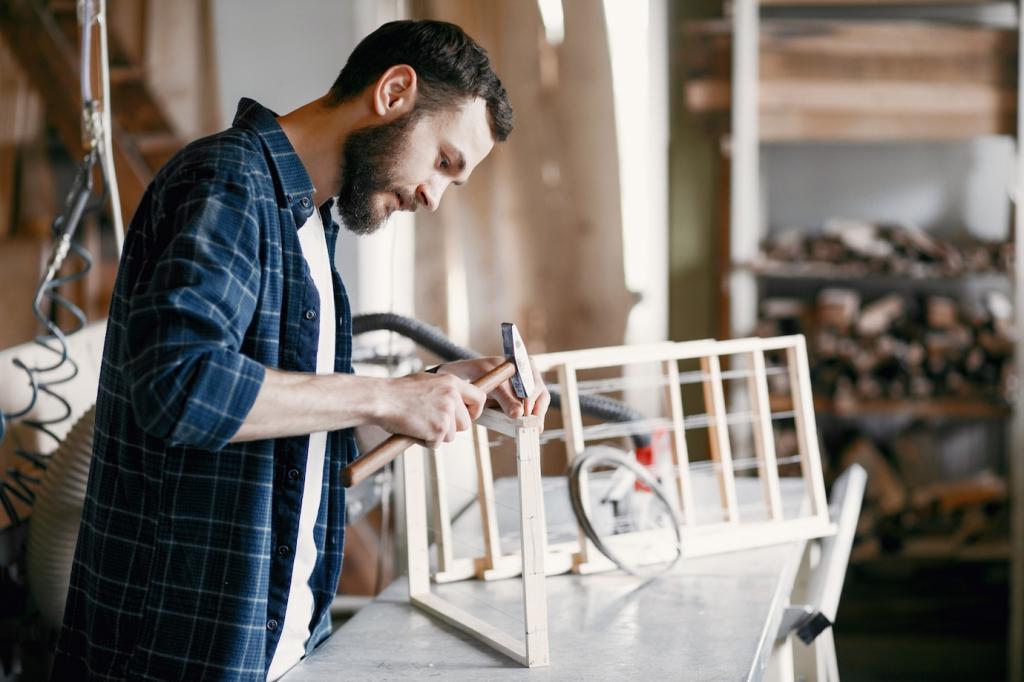
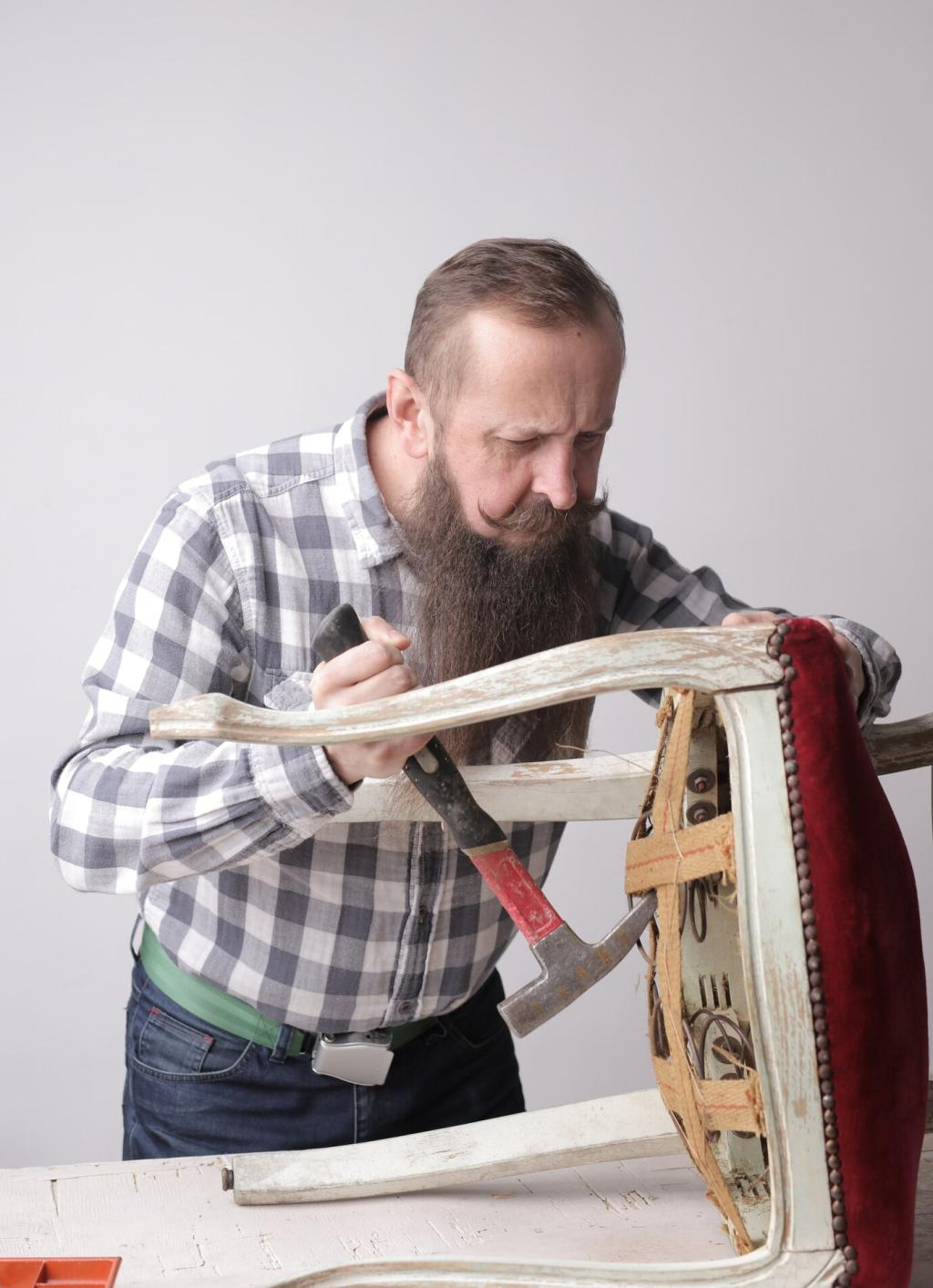
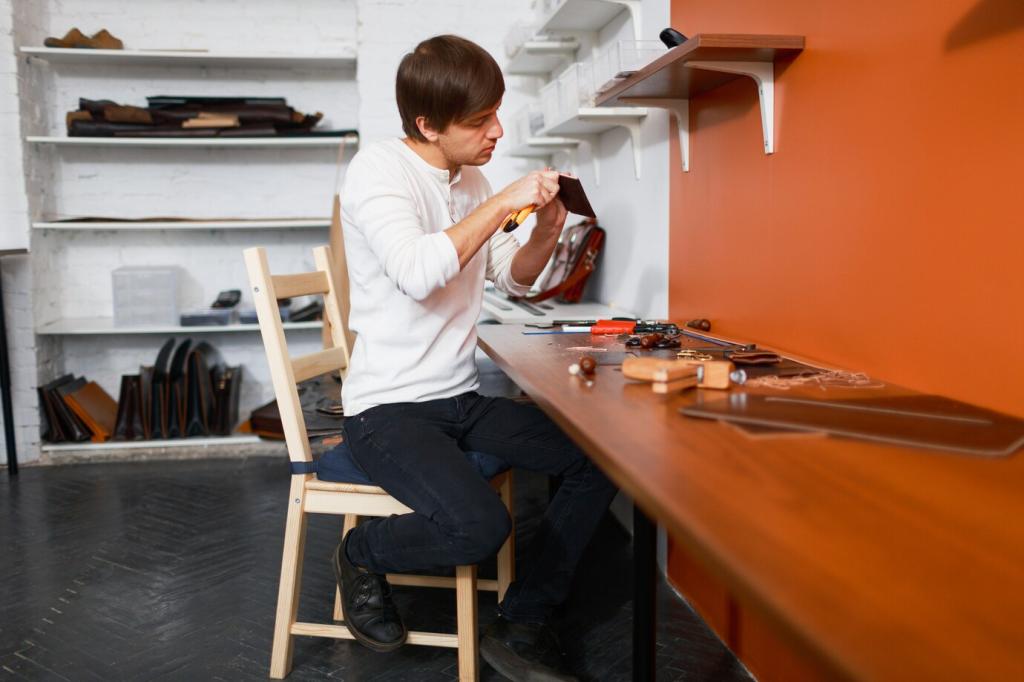
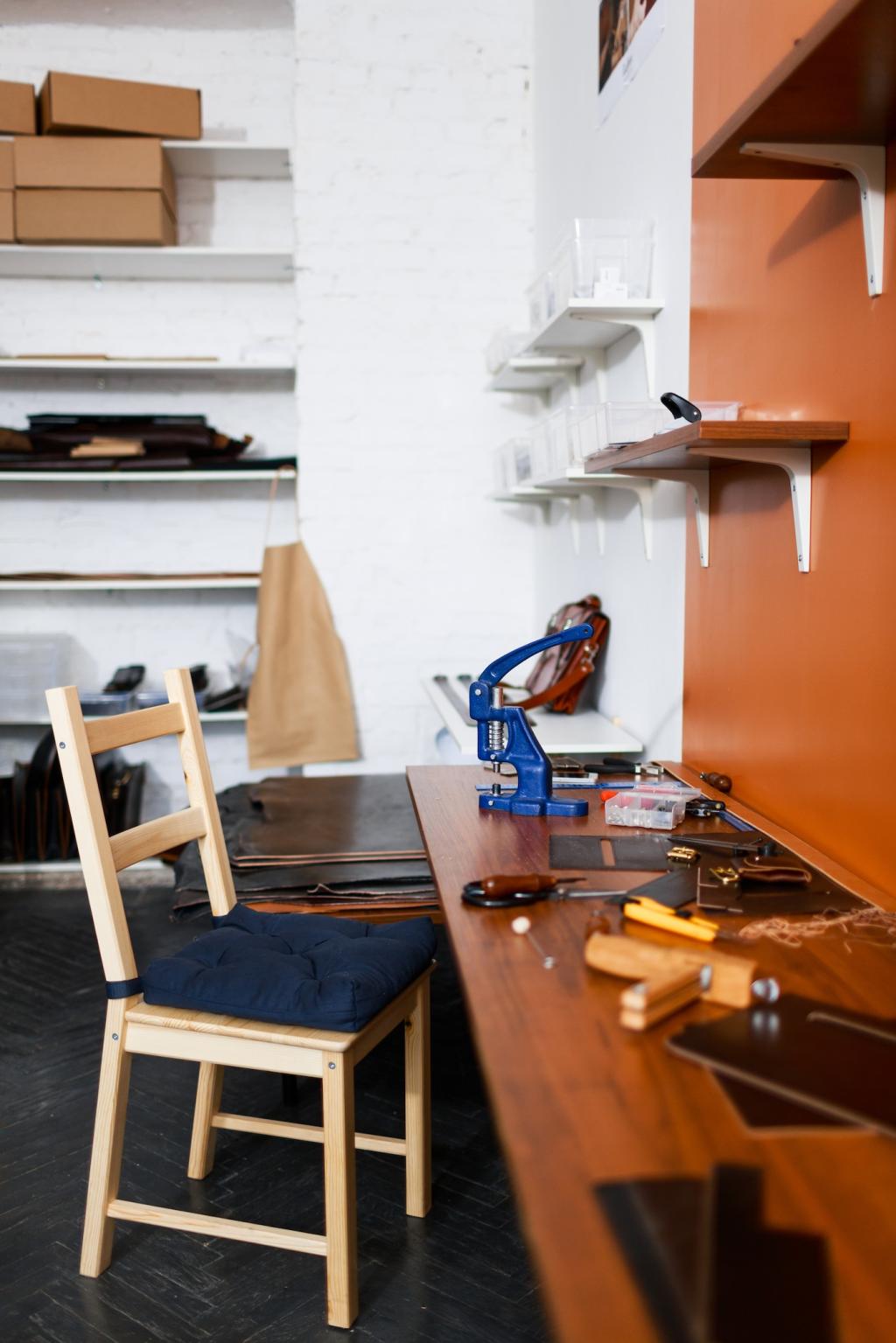
Remove the Old Upholstery Without Tears
Take photos at every step, label layers, and stash hardware in small bags. The old cover is your map for seam allowances and corner folds. Future you will be grateful. What photo angle saved you from confusion mid-project?
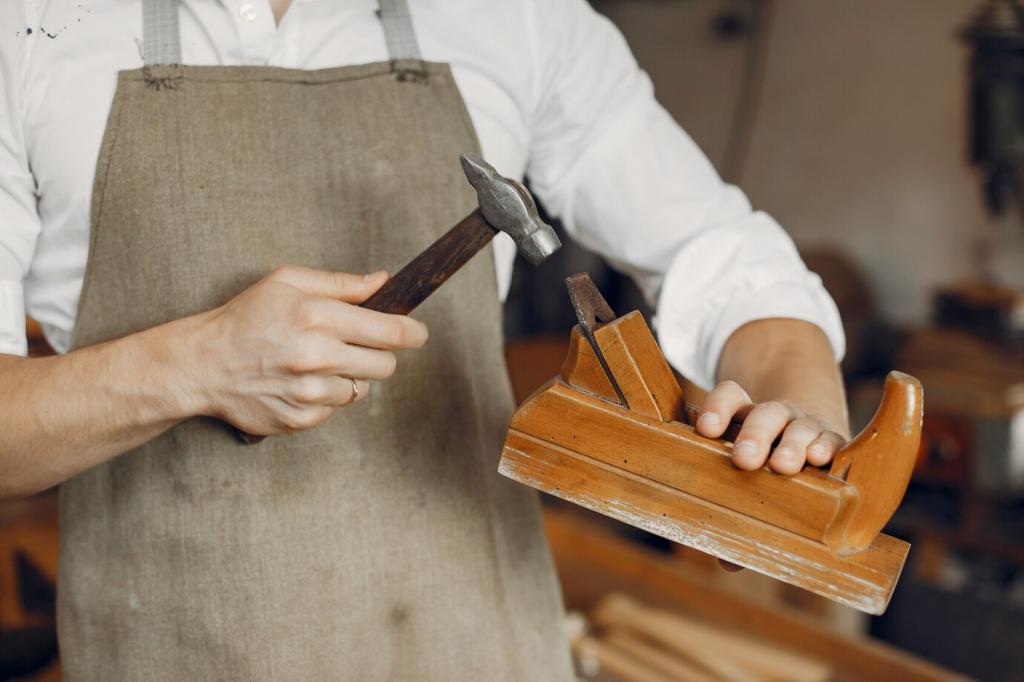
Traditional jute webbing offers bounce and breathability; plywood offers firm simplicity. Consider your chair’s style and your comfort preference. If you weave webbing, keep tension consistent with a proper stretcher. Which foundation fits your dining room rhythm best?
Rebuild a Supportive Seat Base
Match foam density and ILD to your body and chair height. Bevel the front edge for circulation and stack thinner layers for fine-tuned feel. A neighbor loved a softer front—but you may prefer consistent support. What does your seat test say?
Rebuild a Supportive Seat Base
Cut, Align, and Staple the New Fabric
Pattern alignment and grain awareness
Center motifs and track stripes with chalk marks across seat midlines. Respect directional nap and add generous seam allowance. Dry-fit before stapling. Tell us your fabric’s personality: bold botanicals, timeless stripes, or a quiet texture that whispers sophistication?
Mastering tidy, repeatable corners
Practice hospital folds, mitered corners, or gentle fan pleats on scrap first. Staple in a mirrored sequence and balance bulk on all sides. Corners make or break the look. Which corner technique finally clicked for you after a few patient tries?
Tension control and wrinkle prevention
Work in quadrants, pulling evenly and stapling from center outward. Avoid over-stretching, which distorts patterns and compresses foam. A puff of steam can relax minor ripples. Share your favorite trick for keeping tension consistent during longer staple runs.
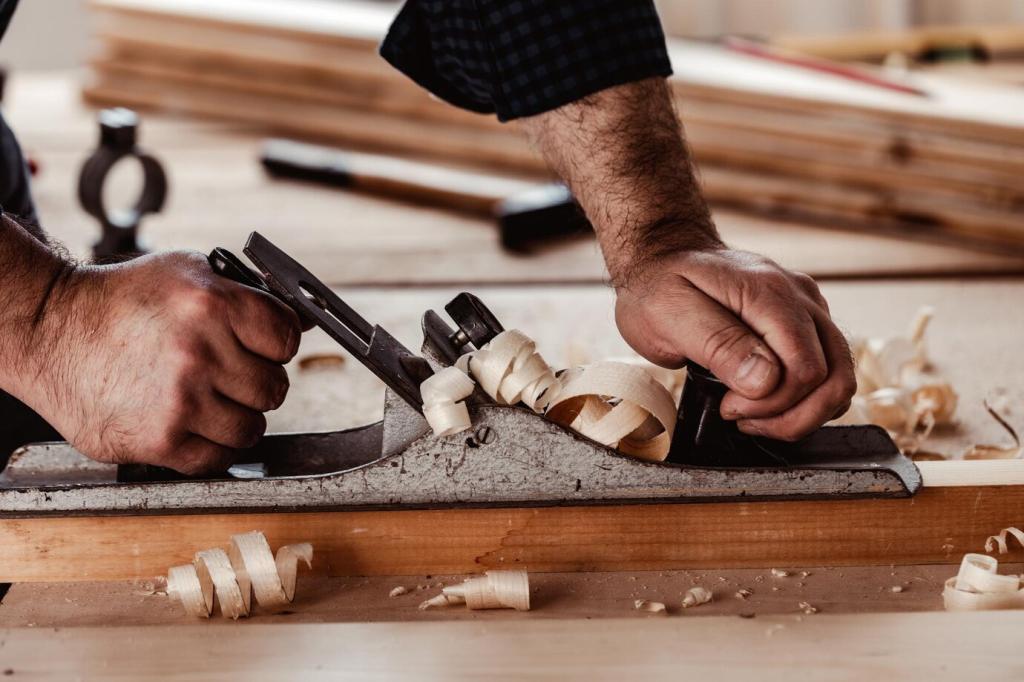
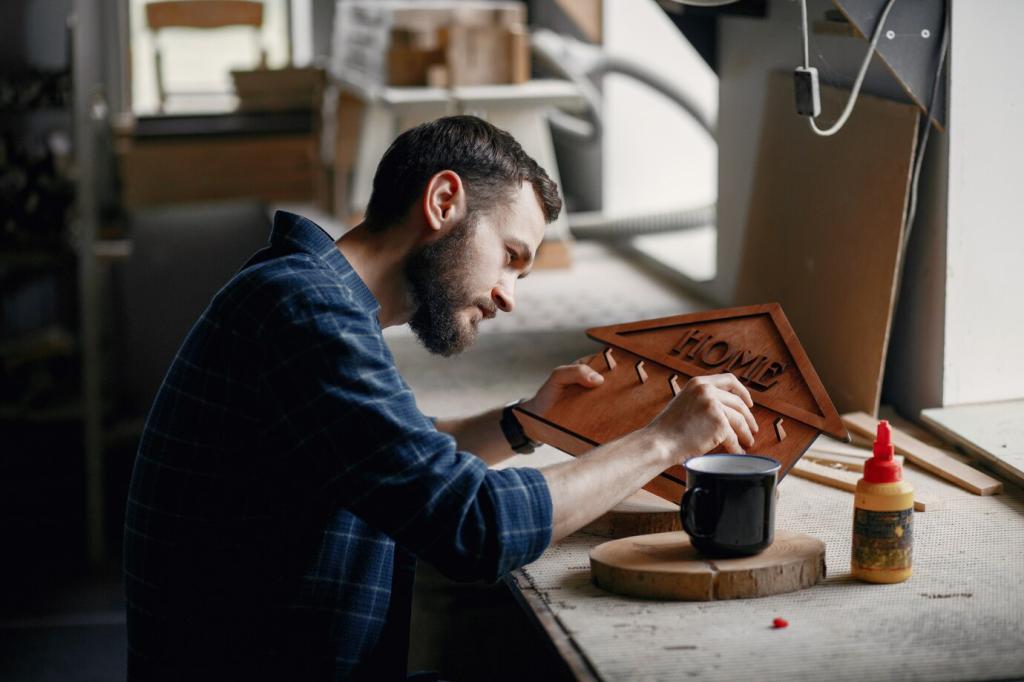
Finishing Details and Care
Double-welt cord, gimp, or tasteful tape disguises staples and frames the seat with intention. Choose stitching or adhesive thoughtfully. Post a photo of your trim choice—classic contrast, perfect match, or a daring accent that ties the whole room together.
Finishing Details and Care
Attach breathable cambric on the underside, notching around legs and smoothing edges carefully. It protects internals from debris and looks professional. My workshop cat once tried to nap inside a chair—cambric stopped the adventure cold and saved the foam.
